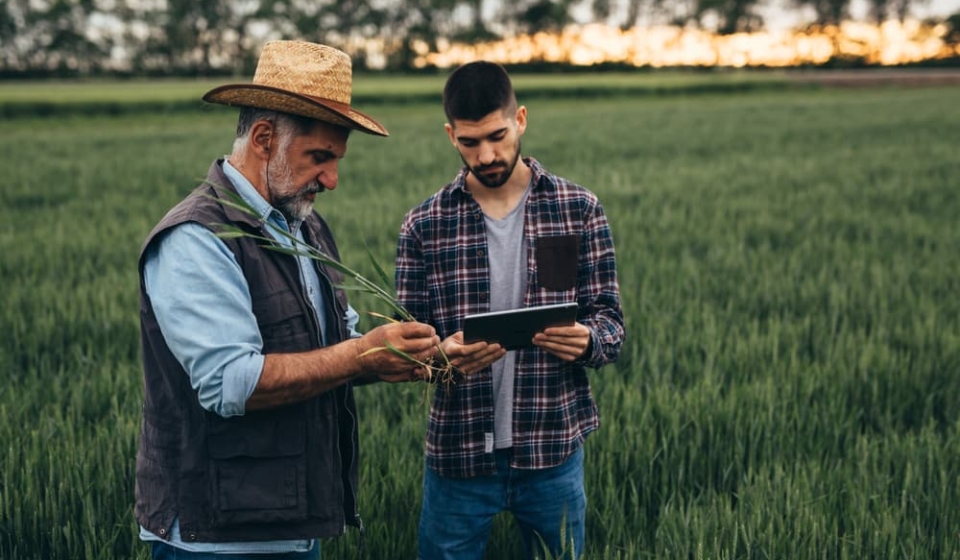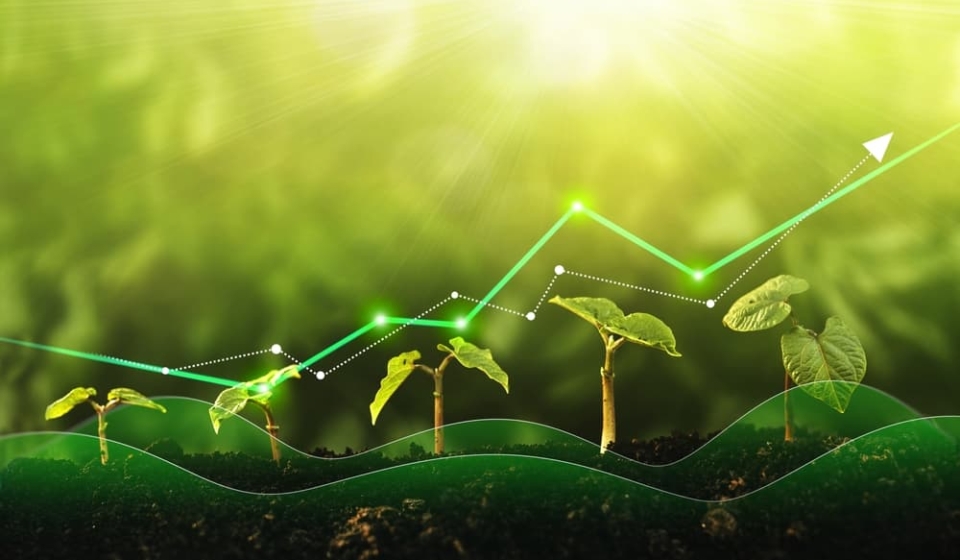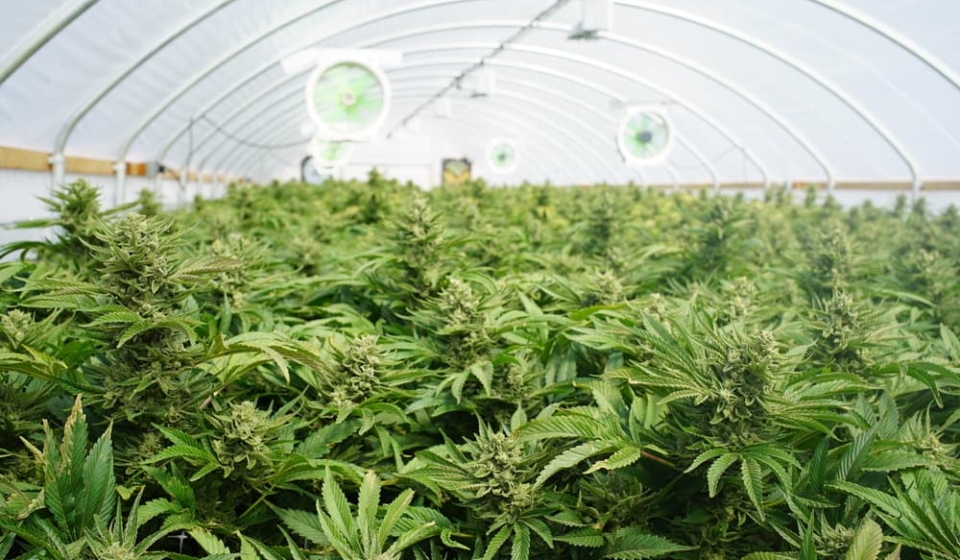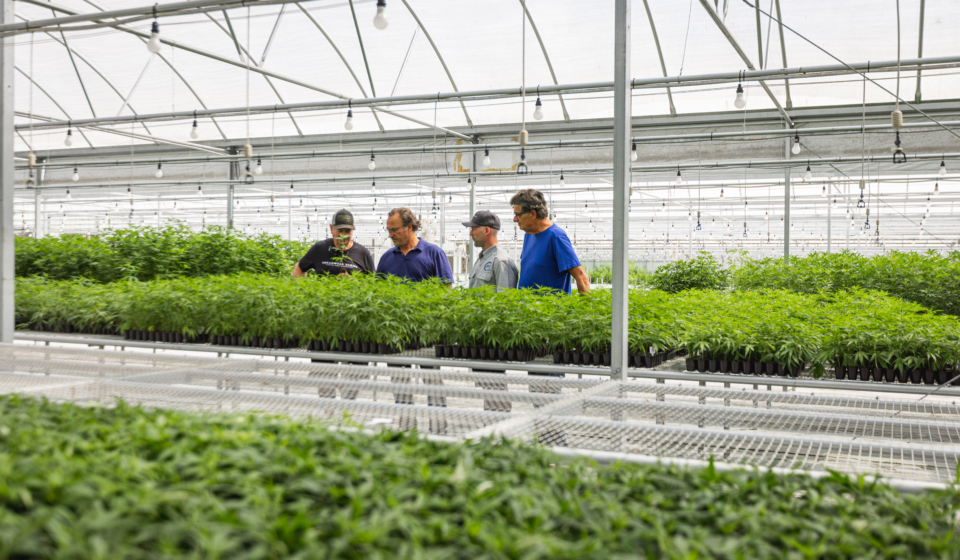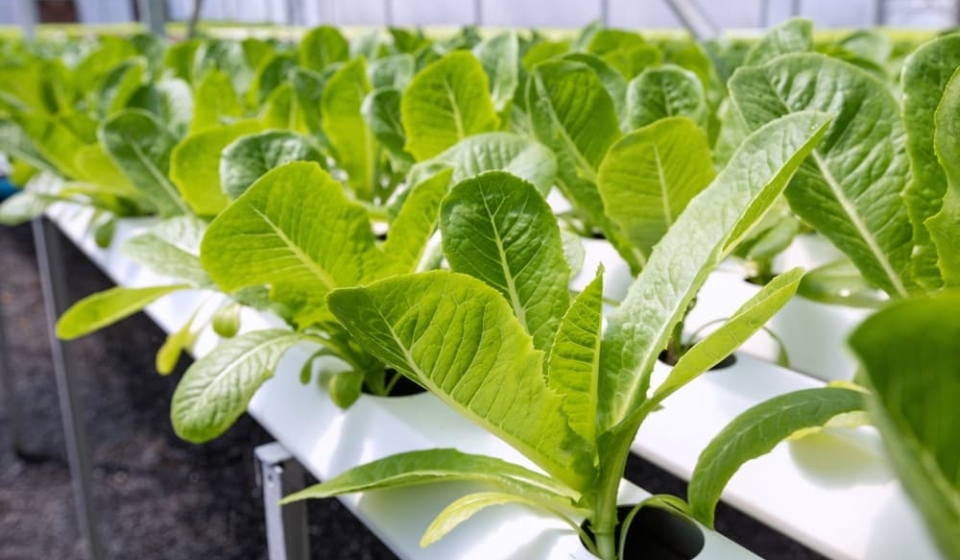This is the term for a medium or solution with a pH less than 7.0 as measured using a digital pH meter or with litmus paper. A lower pH is more acid.
Aeroponics
This method of growing plants suspends the plant roots in the air and fertigates the plants by misting the roots with a nutrient solution. The advantages of this system are that it is a highly oxygenated system and allows the grower to harvest plant roots without removing the plant. One of the disadvantages is that because very little if not zero media is used, the amount of time that the plants can survive in the event of pump failure is very limited. Also, because the plant roots must stay moist at all times, the pump must run continuously or extremely frequently which consumes more electricity and decreases pump longevity. The aeroponic method is used frequently in plant physiology when harvesting roots is necessitated, but due to the disadvantages of aeroponic methodology the commercial use for plant cultivation is limited. Aeroponics for plant propagation, however, is highly popular due to the rapid growth of roots associated with increased oxygen in the rhizosphere and the lack of media required to generate a new plant.
Alkaline
This is the term for a medium or solution which has a pH greater than 7.0; a higher pH is more alkaline. Also referred to as basic.
Amendment
An addition to a growing medium which improves its structure, nutrient-content, water-holding capacity, cation exchange capacity or air porosity.
Bacteria
Single-celled microorganisms which can be beneficial or harmful to plant growth depending on species and function with respect to plants.
Beneficials
A term used in hydroponics which describes bacterial colonies which work synergistically with plants to defend against harmful diseases or fungi, increase the uptake of nutrients, and/or aid in the breakdown of organic materials.
Boron
Boron plays a major role in the cell wall biosynthesis that primarily influences many growth factors including root elongation, tissue differentiation, pollen germination, pollen tube growth, and cell membrane functions. Boron exists mostly in dicotyledonous plants within cell wall components.
Bract
The weed plant anatomy includes small, pear-shaped leaves, otherwise known as bracts, which form the buds on the marijuana plant. Sometimes, bracts are called the seed pod, as they cover and protect the cannabis seed. You can find bracts between the sugar leaves. They are often green in color but may change colors and appear in different sizes and shapes. Bracts have many resin glands, which lend to them being one of the prime parts of a cannabis plant, specifically where the highest THC concentration is found in the entire marijuana plant.


